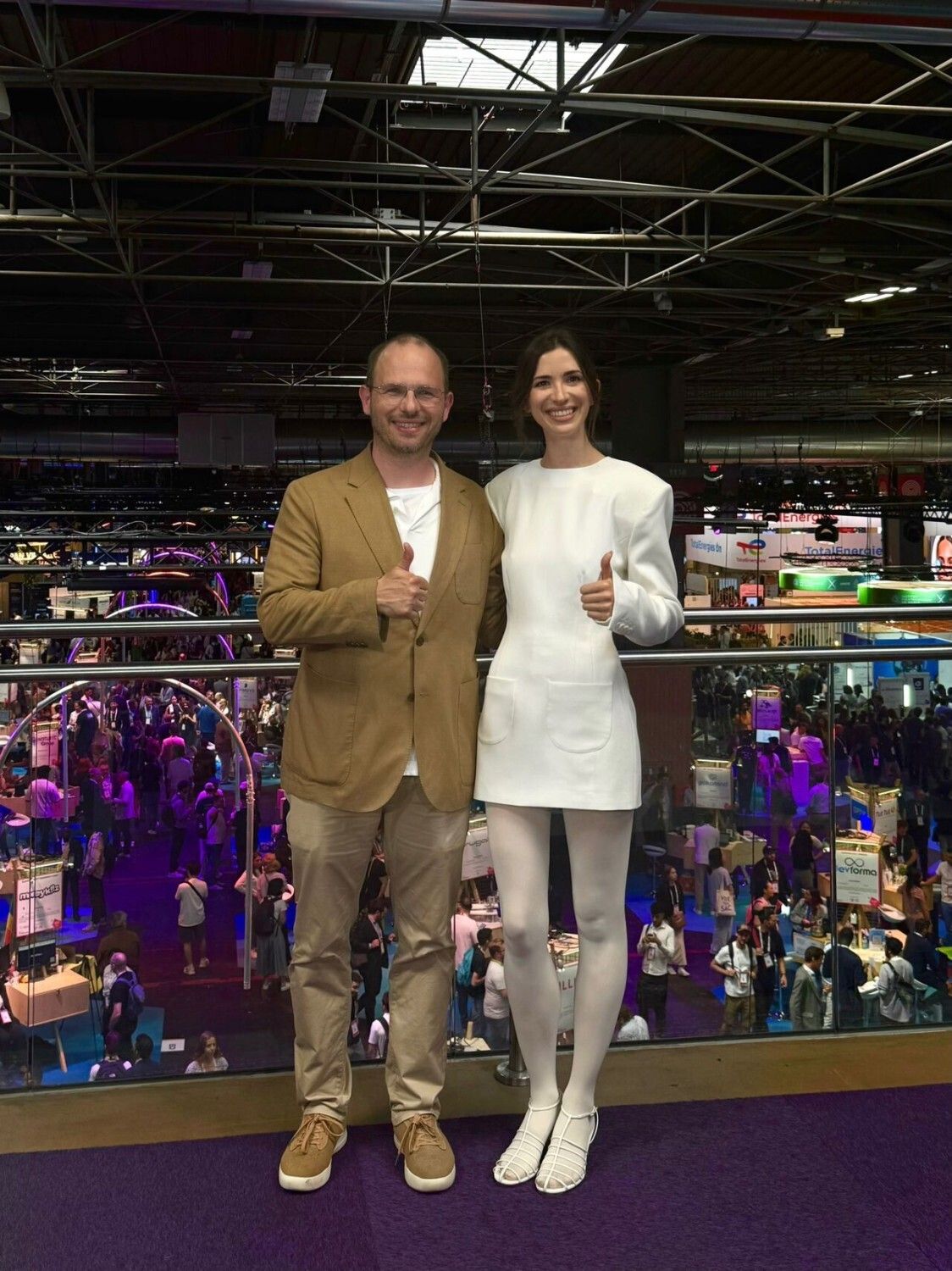If you’ve ever thought about learning to code — or coming back to it — now’s your moment. Seriously.
That’s not just hype — it’s straight from Thomas Dohmke, CEO of GitHub, the platform powering over 100 million developers.
While the internet panics over AI replacing jobs and “no-code” shortcuts, Thomas sees it differently:
This is the best time in history to become a developer.
Vibe coding = coding without coding
Thomas calls it vibe coding:
You open an AI tool like GitHub Copilot or ChatGPT, describe what you want, and the code appears. No need to write every line. You’re guiding the build, not building alone.
Can you build real products?
Yes — even with no technical background. You can build landing pages, login systems, even basic databases.
But the limit?
If you don’t understand the code, scaling and debugging get tricky fast.
Will developers be replaced?
Not at all.
Thomas believes AI will write up to 90% of code,
…but the total amount of software being built is growing 10x.
“If one dev becomes 10x faster, 10 devs can deliver 100x more. Smart companies aren’t replacing developers. They’re hiring more.”
What should you do next?
Start playing with tools like GitHub Copilot, ChatGPT, or Claude.
Thomas recommends these as the easiest way to try vibe coding today.Want zero setup? Try platforms like Vercel or Mano, where you can build apps without touching code or deploying anything.
Learn how to prompt better. Your ability to talk to AI = your new superpower.
Top 3 AI tools GitHub’s CEO uses daily:
GitHub Copilot – used by everyone at GitHub (not just developers!)
ChatGPT – replaces Google, helps with decisions, reasoning, content
Granola – AI-powered transcriber for calls + interviews
Final advice for those afraid AI will steal their job?
The best way to fight fear is to adopt the technology. Learn it. Use it. Become the conductor of the AI orchestra.
Watch the full interview here!
Our experience:
We experimented with Replit and Copilot — and here’s what we discovered:
Instead of PDFs, we now build mini apps to help people learn after watching our videos.
Example? Check out this YouTube video with 100 most common idioms.
Under the title, there’s a link to a small learning app we made with Lovable.
The best part? Our video producer — no tech background — built it in just a few hours.
It’s way more useful — and fun — for our viewers to actually learn.

